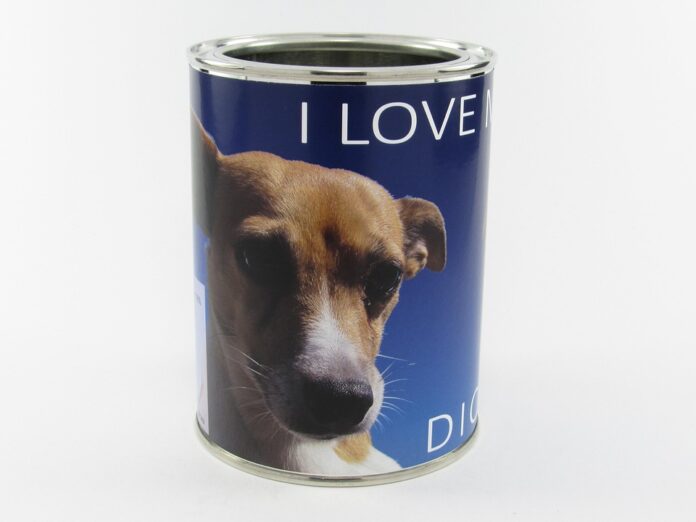The Future of Kibble: Personalization, Sustainability, and Added Functionality
Introduction
The pet food industry has seen significant growth in recent years, with more and more pet owners looking for high-quality, nutritious options for their furry friends. One trend that is gaining traction in the industry is the move towards personalized, sustainable, and functional kibble. In this report, we will explore how these three factors are shaping the future of kibble and the companies leading the charge in this innovative space.
Personalization
Personalization in pet food is not a new concept, but advancements in technology have made it easier than ever for pet owners to tailor their pet’s diet to their specific needs. Companies like JustFoodForDogs and The Farmer’s Dog offer personalized meal plans based on factors such as age, breed, and weight. This level of customization ensures that pets are getting the nutrients they need to thrive.
According to industry data, the personalized pet food market is expected to reach $1.5 billion by 2025, with a compound annual growth rate of 9.5%. This growth is driven by increasing consumer awareness of the importance of nutrition for pets and the desire for transparency in ingredients.
Sustainability
Sustainability is another key trend shaping the future of kibble. As consumers become more environmentally conscious, they are looking for pet food options that are not only nutritious but also sustainable. Companies like Wild Earth and Bond Pet Foods are leading the way in this space, offering plant-based kibble that is not only good for pets but also good for the planet.
The global sustainable pet food market is expected to reach $20 billion by 2027, with a compound annual growth rate of 7.5%. This growth is driven by factors such as the rise in vegan and vegetarian pet owners, as well as increasing concerns about the environmental impact of traditional meat-based pet foods.
Added Functionality
In addition to personalization and sustainability, added functionality is also becoming a key factor in the future of kibble. Companies like Purina and Hill’s Pet Nutrition are incorporating functional ingredients such as probiotics, antioxidants, and omega-3 fatty acids into their formulas to provide additional health benefits for pets.
The global functional pet food market is expected to reach $10.7 billion by 2025, with a compound annual growth rate of 6.2%. This growth is driven by factors such as the increasing focus on preventive healthcare for pets and the rise in pet obesity rates.
Conclusion
In conclusion, the future of kibble lies in personalization, sustainability, and added functionality. As pet owners become more educated about the importance of nutrition for their pets and the impact of their choices on the environment, companies in the pet food industry will need to innovate to meet these changing demands. By offering personalized meal plans, sustainable ingredients, and added health benefits, companies can stay ahead of the curve and provide the best possible options for pets and their owners.




